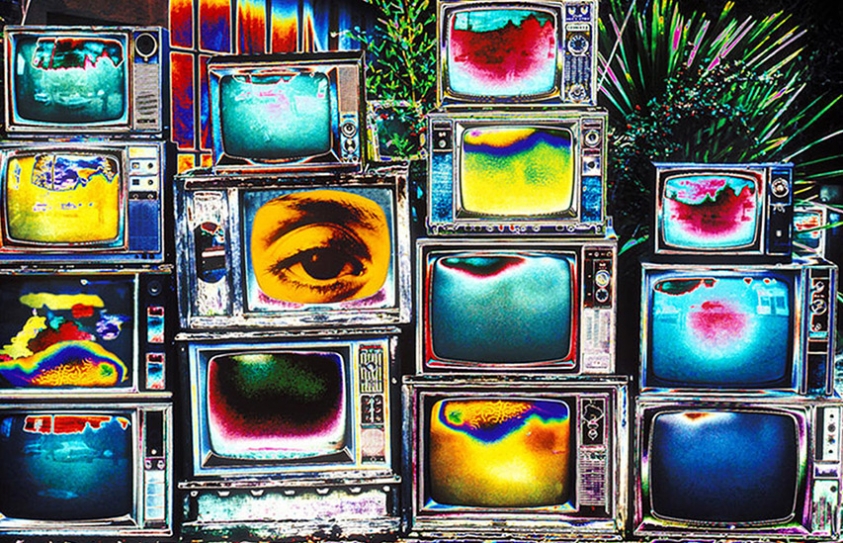Over the last year, 2014, I spent many days meeting with programming executives from the various leading networks of India. From all these talks, varying from the programming ethos behind their respective channels to what sets them apart from the competition, one conversation point that always made the discourse was that more and more people are consuming content digitally. And this is leaving programmers in a quandary. All of them claim that there is a need for a monetization model and that eventually one day they would crack it.
The industry might be racking their heads to come up with this ever so perfect model that would increase their revenues but what they don’t understand is that Indian TV consumer is moving on. They don’t see the appeal to wait for programming teams in channels to accurately assume their preferences. They are much more likely to start acquiring a taste for online video. With popular online video such as vimeo and YouTube, the more you indulge in it, more a chance that in future visits to the site you will be greeted with fresh content based on smart algorithms that understand your watching behaviours and patterns and curate content that would give the customer maximum satisfaction. Furthermore a greater thrill, well at least for me is, that even though these algorithms can match human behaviour very precisely, they can every once in a while make mistakes.
The TV audience today in urban settings has completely changed. There is the top level , that is the ones who watch a lot of Hindi and English programming. Then there is the middle layer that watched a lot of Hindi and regional programming and then finally the layer that consumes a lot of Hindi content. The networks believe that they only need to reach out to middle and final layers, but what they aren’t realising is that the top layer consuming more online content has a domino and multiplier effect on the other layers. The middle and bottom layers get exposure to better means of watching content and to the variety of content available. The learning curve for this activity may be steep but the rewards gained later through better entertainment is the thinking many unconventional online video watchers take while getting used to this medium.
2014 showed a huge jump for television numbers in the rural markets of India. As more people gain access to televisions and satellite television, the direct impact of this jump can be noticed in the Ad revenues gathered by channels focused to this target group. But at this stage with Reliance planning on launching their 4g services across India for fast high speed internet and with televisions becoming smarter by the day, the long term evolution of the platform is moving towards it just being an LED with internet capabilities and has gone much beyond the medium specific present day techniques of broadcasting media through satellite or analogous mediums. In the future, it will be a Content Delivery Network that will be most important. These will be the hubs where content from across the world is curated and mapped as per users preferences and optimized to such a degree that the end user has an almost unlimited choice to pick from and is provided with the content that uses much less bandwidth and doesn’t irritate viewers with loading and buffering times. Finally, the effect of all of this should be felt by the creative teams and content producers out there that there will soon be a method in which these online metrics can be measured and then content created based on that is made for niche segments of the audience and that these audiences actually get what they are looking for as their taste are so fine tuned now.
Let’s hope 2015 will be the year where TV fully embraces the digital and online realm and that TV executives around India can rejoice at themselves for creating the perfect model.





-173X130.jpg)
-173X130.jpg)
-173X130.jpg)

-173X130.jpg)
-173X130.jpg)
-173X130.jpg)
-173X130.jpg)